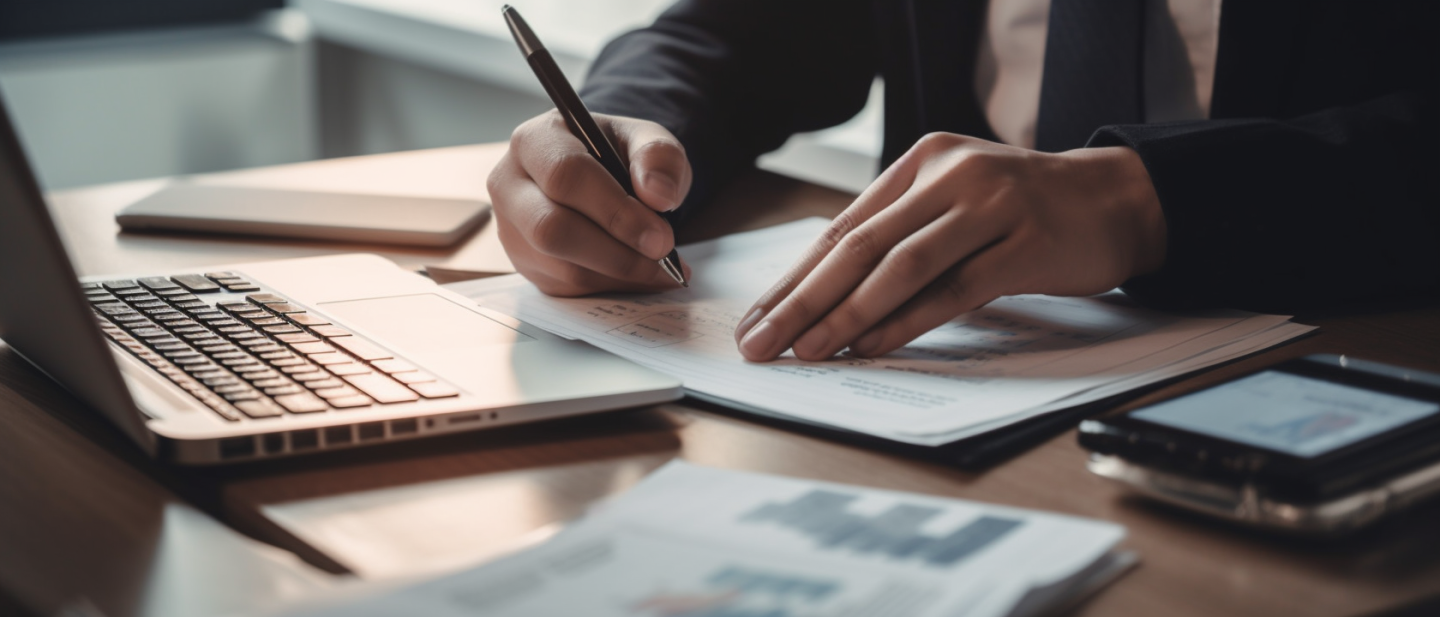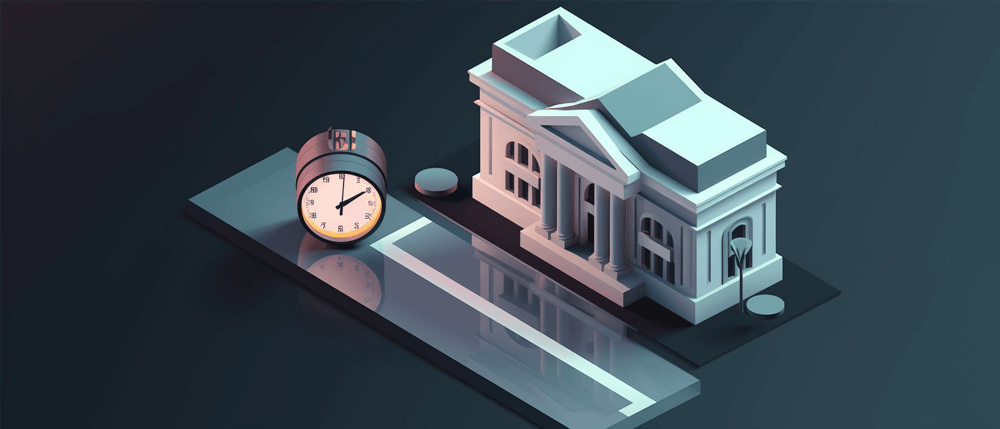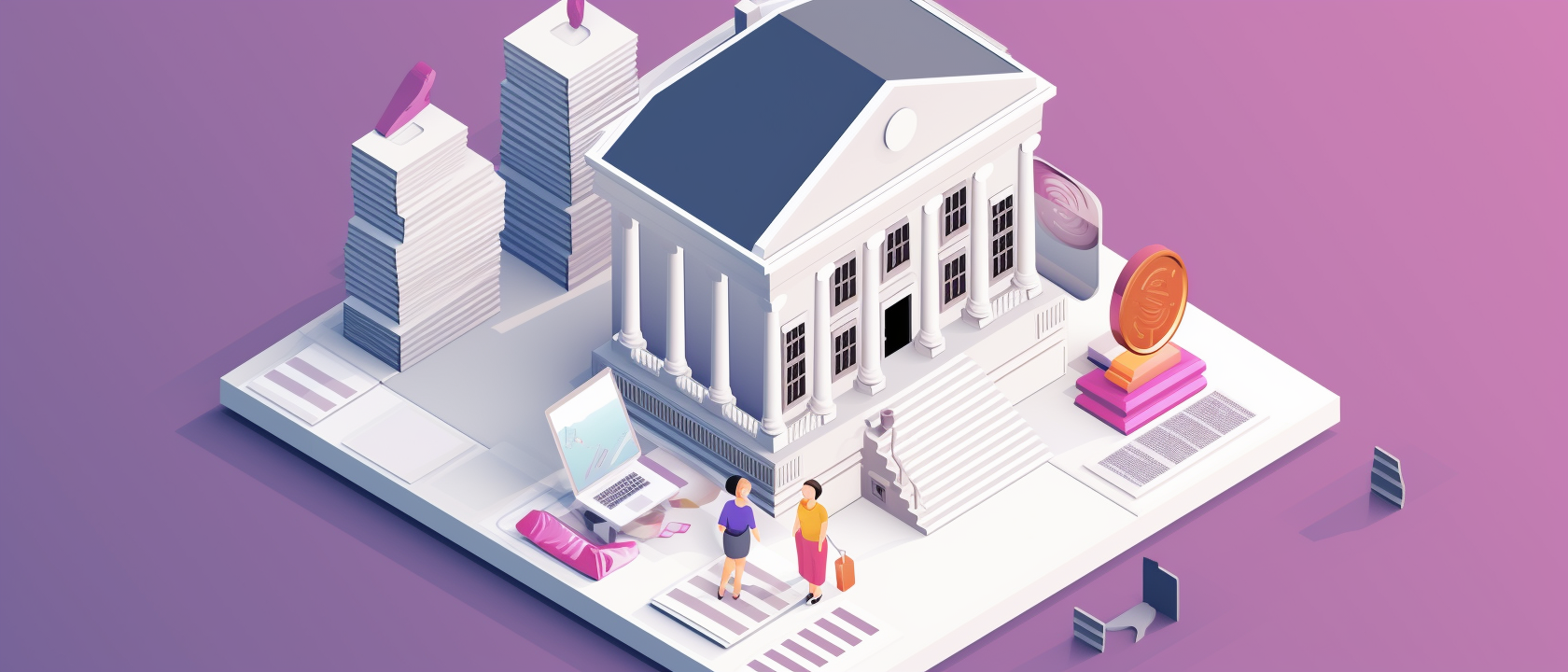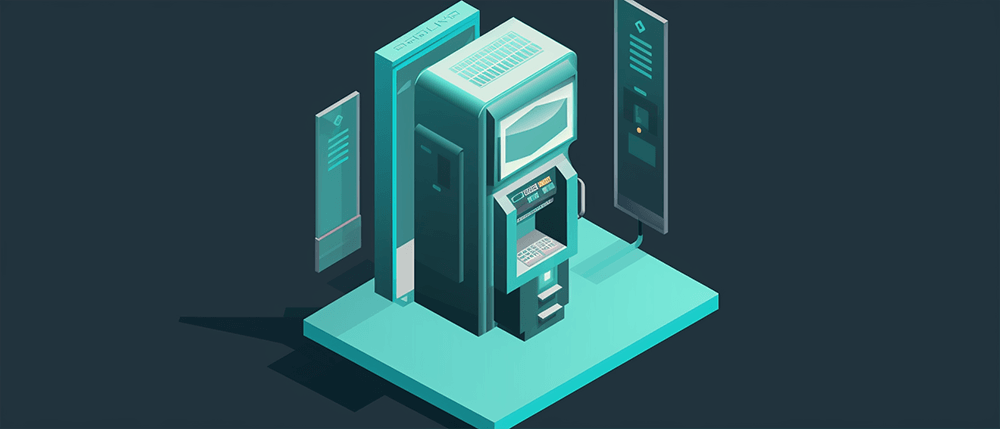
Table of Contents
- Your regular bills and expenses help determine how much to keep in a checking account.
- Try to save a cash buffer for emergencies.
- The interest rate attached to your account influences how much money you keep in the account.
- Maintaining your minimum balance helps you to avoid fees.
- Automated savings deposits make it easier to save money.
Keep One Or Two Months Of Expenses In Your Checking Account
Advice varies on the set figure to keep in your checking account. Many experts recommend one to two months of expenses plus a 30% buffer. That buffer acts as your emergency savings, bringing your total closer to three months. Discipline is the key here.
Most people won’t be able to place two or three months of expenses into their account immediately. After all, you have to pay monthly expenses as well as save them.
Calculate a dollar figure for two or three months of expenses. Then, determine a monthly savings amount that you’ll place into your checking account. Keep saving until you hit the right figure. Then, maintain that amount.
The Minimum Balance To Avoid Fees
Some checking accounts require you to maintain a monthly balance. If you don’t, they charge fees. This balance can come in three forms:
- Minimum Daily – You have to maintain the minimum balance daily.
- Average Minimum Balance – Your bank calculates your monthly average balance. They divide the amount in your account each day by the number of days in the month. You have to keep your average above the figure the bank sets.
- Minimum Combined Balance – The bank averages the amount of money you have across all your accounts.
You should try and stay above your minimum balance. This action ensures you avoid maintenance fees. It may also unlock higher interest rates for checking and savings accounts.
Factors To Consider When Determining How Much To Keep In A Checking Account
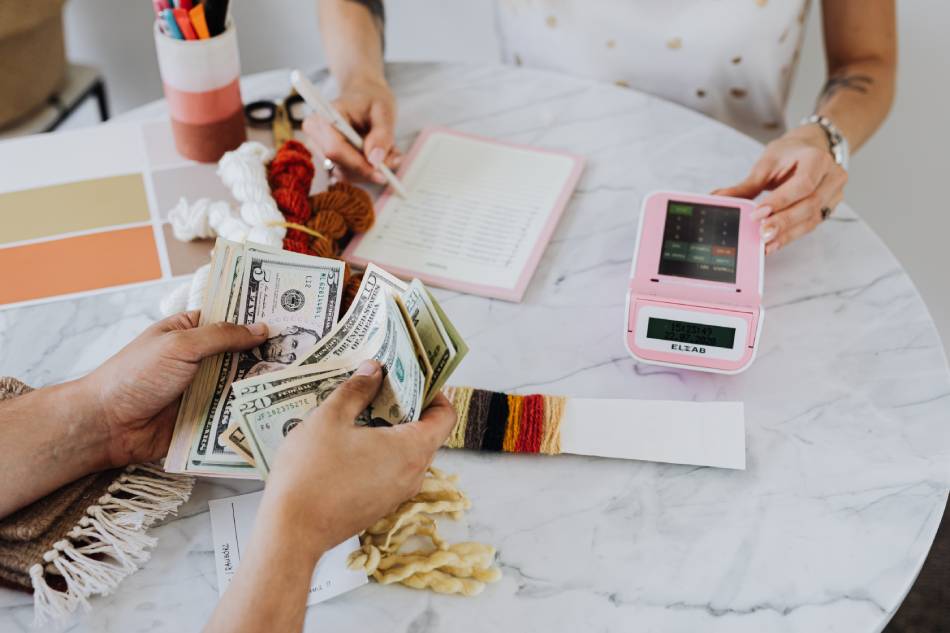
The precise amount of money you keep in your checking account depends on your personal circumstances. Consider the following scenarios when coming up with a figure.
Regular Expenses And Bills
At the bare minimum, the money in your checking account must cover your regular bills and expenses.
- Mortgage or rent payments: For example, if you have a mortgage payment of $1,500 and a rent payment of $1,000, you would need to keep at least $2,500 in your checking account to cover these expenses each month.
- Utilities: This could include your electricity, water, and gas bills. If your utilities typically cost you $200 per month, then you should keep at least $200 in your checking account.
- Water: This could include your water bill, which might be $50 per month.
- Groceries: If you typically spend $400 per month on groceries, then you should keep at least $400 in your checking account.
- Loan repayments: This might include a car payment, student loan payment, or credit card payment. If your total loan payments come to $500 per month, then you should keep at least $500 in your checking account.
- Costs related to your care: This could include healthcare expenses such as co-pays or deductibles. If you typically spend $100 per month on healthcare expenses, then you should keep at least $100 in your checking account.
- Childcare: If you have children and pay for childcare, you might need to keep a certain amount in your checking account to cover those expenses.
These are typically fixed expenses. As a result, you can create a fixed total as a starting point for how much to keep in your account.
Then, there are variable expenses. For example, you may buy clothes every month. However, you might need more clothes in some months and fewer in others. Regardless, settle on an amount to cover your variable clothes budget.
Going through your monthly receipts and bills is the best way to determine this amount. Add your expenditures together to get a baseline figure.
Emergencies And Unexpected Expenses
Having enough money to cover your regular bills and expenses is a good starting point. But what will you do if something unexpected happens, for example:
- Car repairs: If your car needs a new transmission that costs $2,500 to repair, you’ll need to have that money set aside in case of an emergency.
- Medical bills: If you get sick or injured and need to pay for medical treatment, you’ll have to have money set aside to cover those expenses.
- Home repairs: If your air conditioning unit breaks down and has to be repaired, you’ll need to have money set aside to cover that expense.
The general wisdom is to keep between three and six months of monthly expenses saved for emergencies. However, that isn’t always feasible.
According to a 2021 study by the Federal Reserve, up to 32% of Americans would struggle to find $400 cash or cash equivalents to cover an emergency. If you’re living paycheck to paycheck, saving three to six months of your wages may be impossible.
According to a research paper by Jorge Sabat and Emily Gallagher, a good emergency savings figure is $2,467, which amounts to about one month of the average American salary in 2019. Whatever your figure may be, you must have money set aside to cover emergencies.
Interest Rate On Savings Accounts
Interest rates come into play if you have a checking and savings account. Your interest rate has an impact on how much money you place into the account.
If you have a high interest rate, it may be better to save more money in your checking and savings account. But if you have a low rate, it’s often better to explore other options. Such options include saving money in a high-yield account, saving in a retirement fund, or investing.
Compare the yield of your checking and savings account to other options. Whichever offers the highest yield is where your additional savings should go.
What Types Of Checking Accounts Are There; And Which Should You Choose?
There are several different kinds of checking accounts that you can consider:
- Basic Checking Account: A basic checking account is the most common type of checking account. It typically comes with no monthly fees or minimum balance requirements. However, these accounts usually offer limited features, such as free debit cards and access to ATMs. They typically have low or no fees, are easy to open and maintain, and have a widespread availability. However, they offer limited features, low interest rates, and less access to perks and benefits.
- Interest-Bearing Checking Account: An interest-bearing checking account pays interest on the money you deposit into the account. The interest rates are typically low, but can be higher than those of a basic checking account. Pros include earning interest on your money, easy access to your funds, and no minimum balance requirements. Cons include low-interest rates and higher fees than basic checking accounts.
- High-Yield Checking Account: A high-yield checking account typically offers higher interest rates than other types of checking accounts. These accounts usually require a minimum balance and charge higher fees. The upsides include higher interest rates, easy access to your funds, and some perks and benefits. The downsides are higher fees, minimum balance requirements, and limited access to physical locations.
- Online Checking Account: An online checking account is a checking account that you manage entirely online. These accounts typically offer low or no fees, high-interest rates, and no minimum balance requirements. They are convenient, have lower fees and higher interest rates, and enable easy account management. However, there’s the limited access to physical locations and potential security concerns to consider.
- Joint Checking Account: A joint checking account is a shared account between two or more people. These accounts can be useful for couples or roommates who share expenses. They enable shared expenses and easy access to funds for both account holders. Yet, they may lead to conflict if one account holder overdrafts or mismanages the account, and both account holders are equally responsible for the account.
Overall, choosing the right checking account depends on your individual needs and financial situation. Consider the fees, interest rates, and features of each account before deciding. If you’re interested in opening a checking account for your child, there are other things to consider as well.
Tips For Maximizing The Use Of Your Checking And Savings Account
Once you’re comfortable with the amount of money in your account, you may switch your focus to getting the most out of it. These quick tips can help you to maximize your checking and savings account.
Automate Savings Deposits
It’s easy to lose sight of your monthly savings goal, especially if you have a tough month. By automating savings deposits, you ensure the money leaves your account without manual action.
Try counting your automated savings deposits as part of your monthly expenditures if you take this approach.
Use High-Yield Accounts
There may be better places to save money than a checking and savings account. A high-yield savings account may be the more sensible option. Compare the interest rate attached to your current account to these high-yield accounts. If the latter offers a better rate, move money across to a high-yield account.
Money saved in a high-yield account isn’t always as easy to access as money in a checking and savings account. Only use the high-yield account for money to which you likely won’t need immediate access.
Consider A Budgeting App Or Software
Budgeting apps and software allow you to input your expenses to help you manage your finances. They often provide recommendations on how much to save.
Use one of these apps to come up with a figure for how much you need in your checking and savings account.
Your Personal Circumstances Matter
There is a lot of general advice on how much money to keep in a checking account. However, your personal circumstances factor into the equation. You may need more time to save two or three months of expenses. But remember that keeping even a little aside is better than keeping nothing at all.
Delve deeper: Take a look at our guide on how to open a savings account.
Frequently Asked Questions (FAQs)
Should I Keep My Money In A Checking Or Savings Account?
It is advisable to have both checking and savings accounts. You can use a checking account for daily expenses and a savings account for earning interest and building an emergency fund.
What Is The Recommended Amount Of Money To Keep In Savings?
It is recommended to keep three to six months’ worth of living expenses in savings for emergencies. Keeping more than $250,000 in savings may not be insured and could be lost if the bank fails. For funds that won’t be needed within the next five years, consider investing them instead.
How Much Money Should I Keep In My Checking Account?
Experts recommend keeping one to two months’ worth of living expenses in your checking account, along with a 30% buffer to avoid overdraft fees and unexpected expenses.


